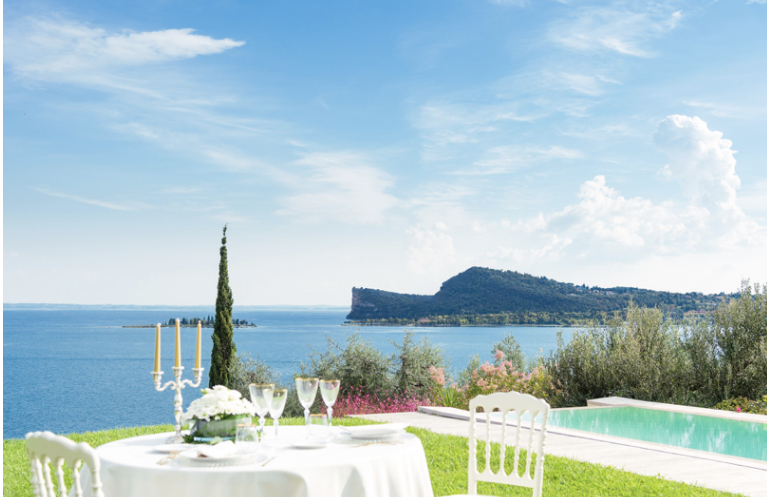Summer 2025 confirms Italy’s position as one of the top destinations for both domestic and international travelers. With changing travel behaviors, rising emerging destinations, and post-pandemic shifts, the latest data show a sector full of dynamism.
Key numbers & tourist flows
According to ENIT projections, Italy will welcome about 27 million tourists between June and September, with 18.6 million international arrivals, generating over €10 billion in tourist spending.
Domestic tourism remains equally strong: an estimated 65.8 million arrivals and 267 million overnight stays, with an average room occupancy rate of 64.5%.
Emerging destinations
Beach locations dominate searches: Vieste (+28%) and Porto Cesareo (+27%) lead the summer top 10, followed by Tropea, Ischia, and Lido di Jesolo.
In addition, Campania experienced a remarkable 210% growth in searches compared to 2024.
Types of accommodation & spending
In Italian hotels, the average spending per foreign tourist is around €930, divided between accommodation (42%), food (26%), and shopping/culture (18%).
Rome exceeded 15 million foreign arrivals, generating €11.6 billion.
While coastal stays remain dominant, mountain tourism is growing (+4.8%) with 6.8 million visitors and about 75 million nights, and cultural cities have now surpassed seaside destinations in overnight stays (2.6M vs 2.2M).
Behavioral trends
The share of Italians going on summer holidays has dropped to 72% (down from 76%), with a growing preference for long weekends (max 3 nights).
Tourism is also increasingly spread over June and September, while July and August remain the main months, though less dominant than before.
Conclusion
Italy’s summer 2025 is marked by strong tourist flows, extended seasonality, and more diverse travel preferences. The coast remains the star, but mountains, cultural cities, and short, frequent stays are gaining traction, supported by selective accommodations and well-distributed spending.
